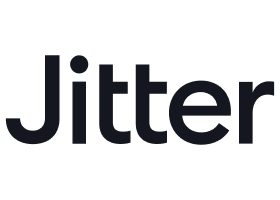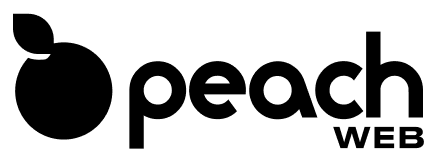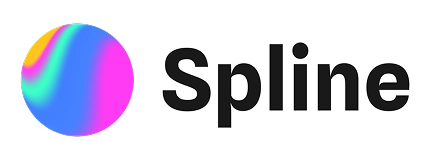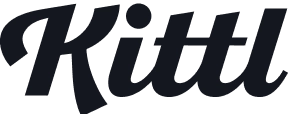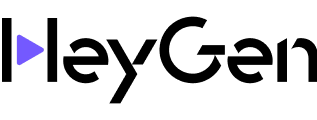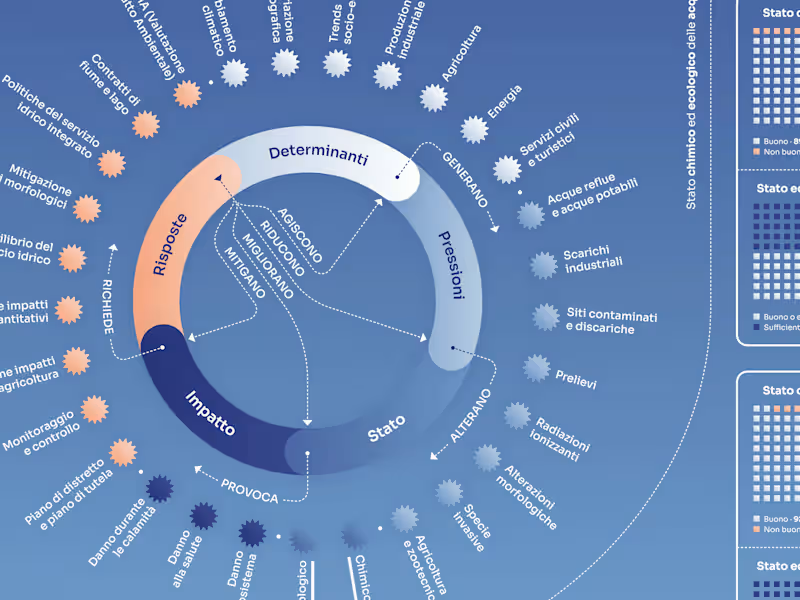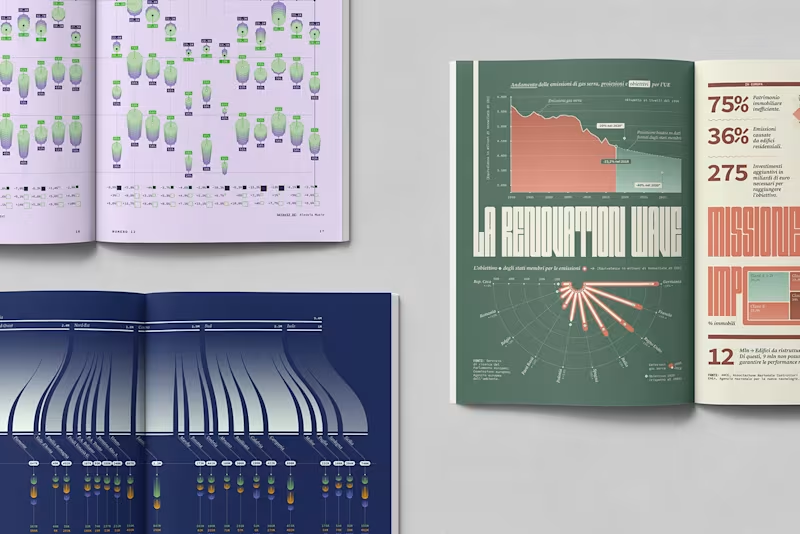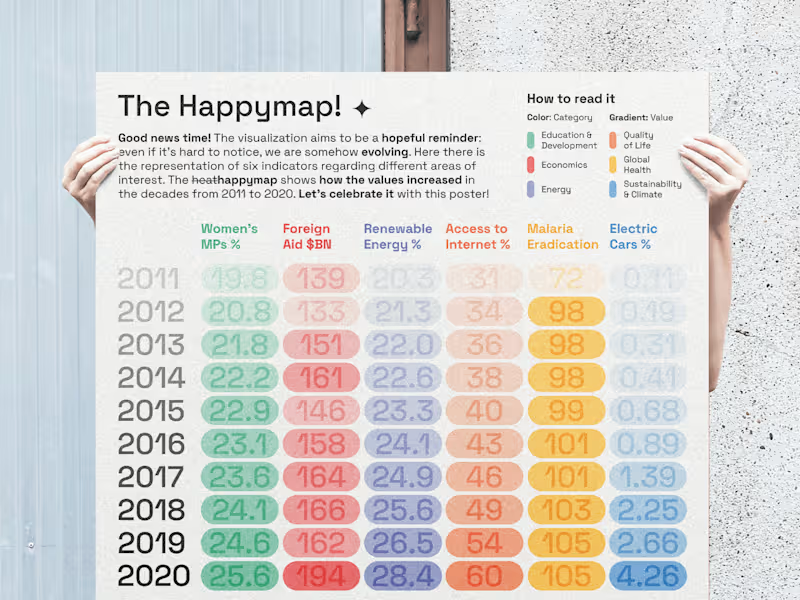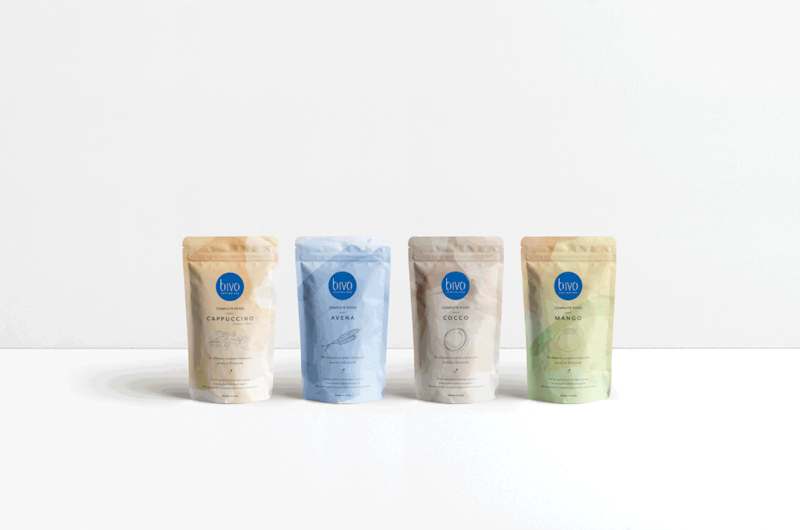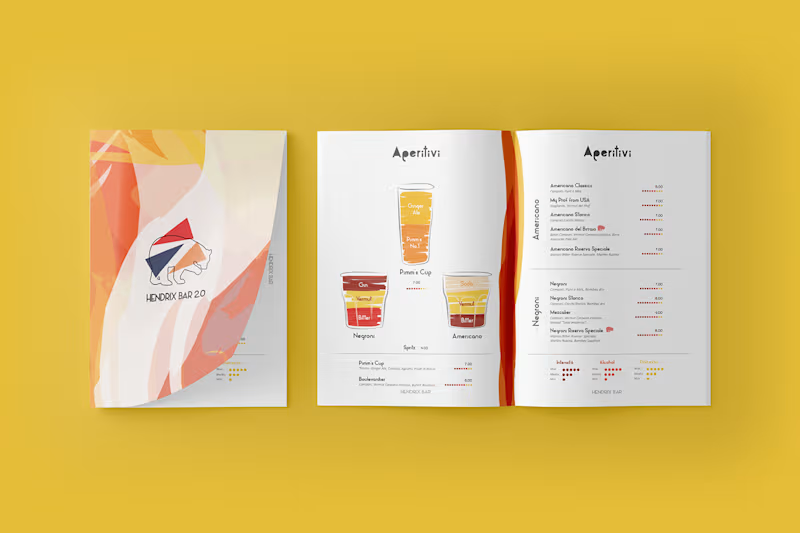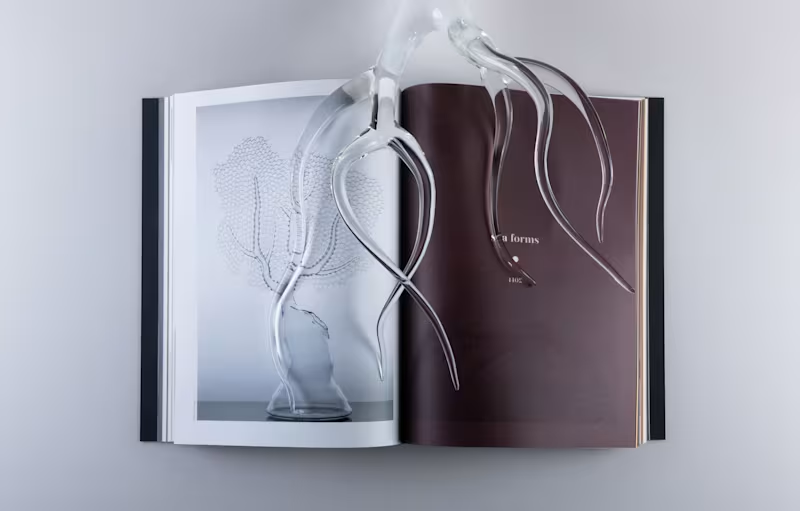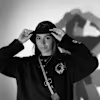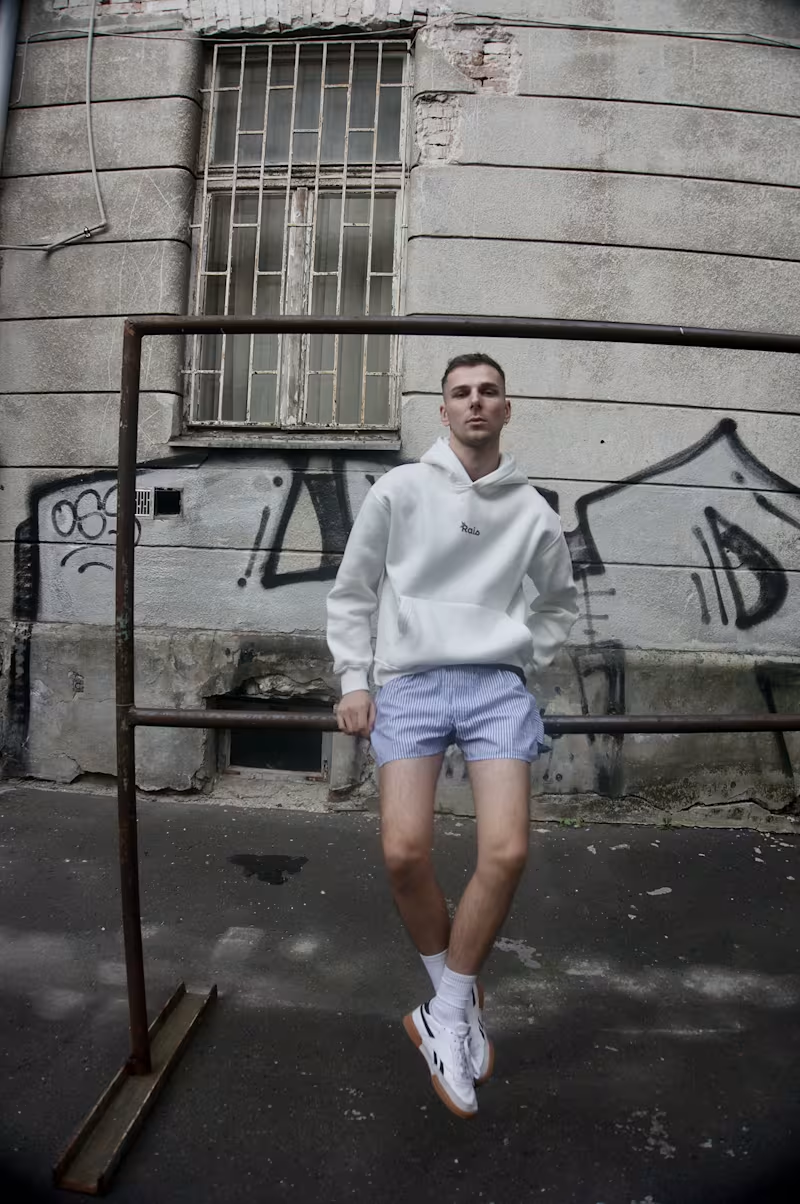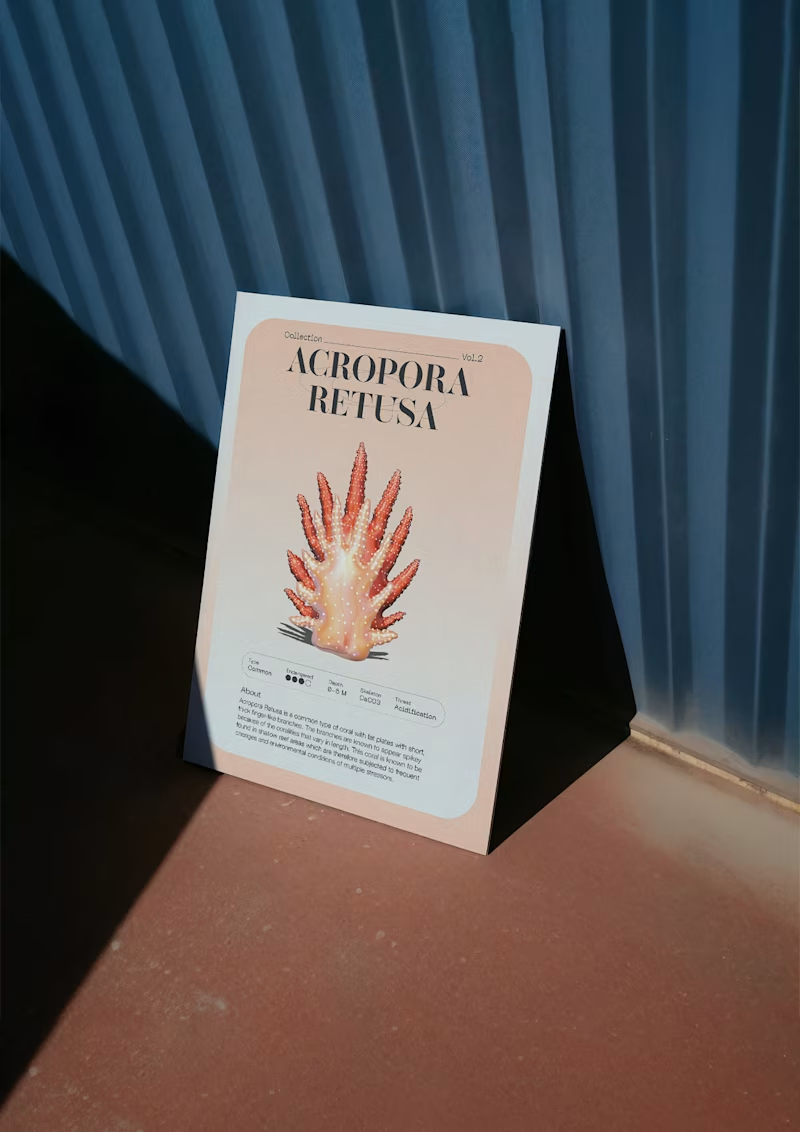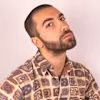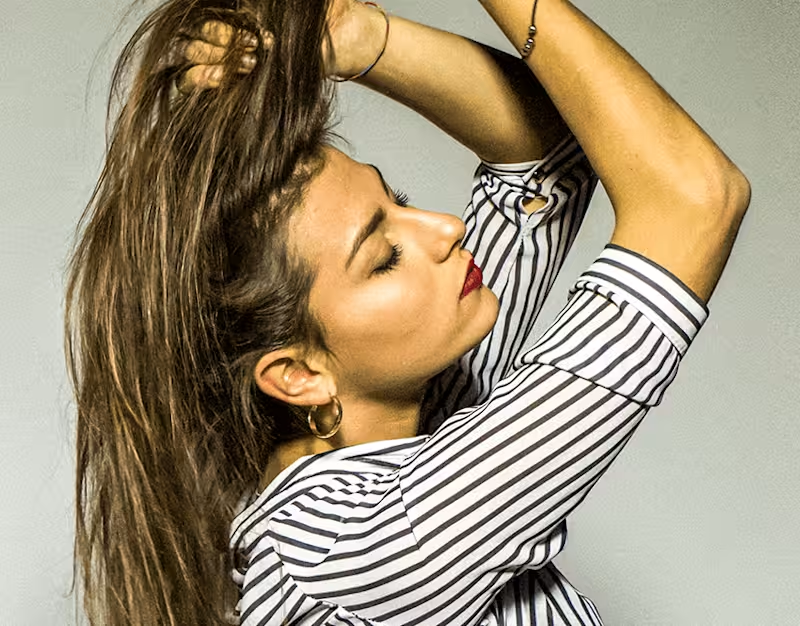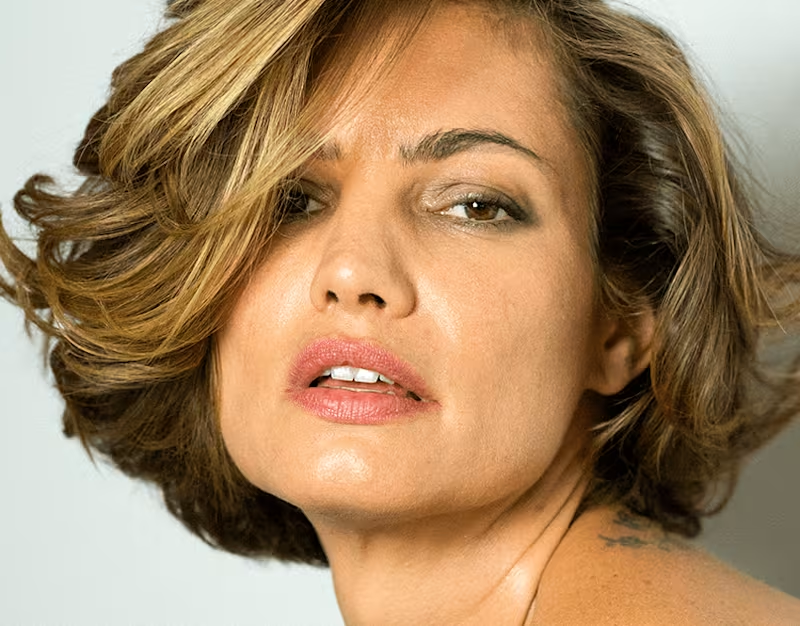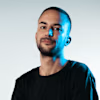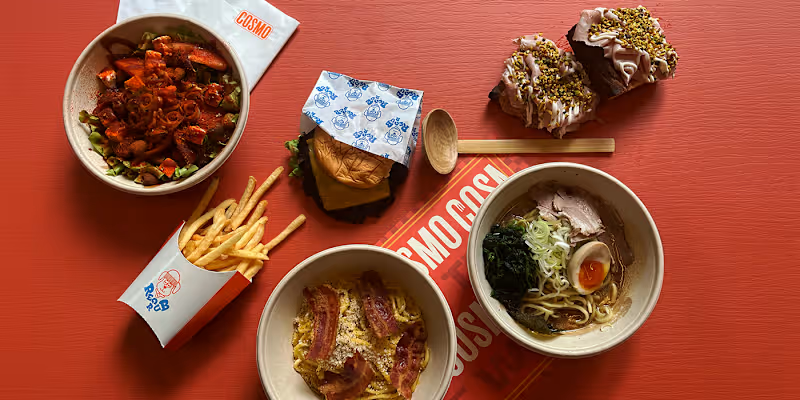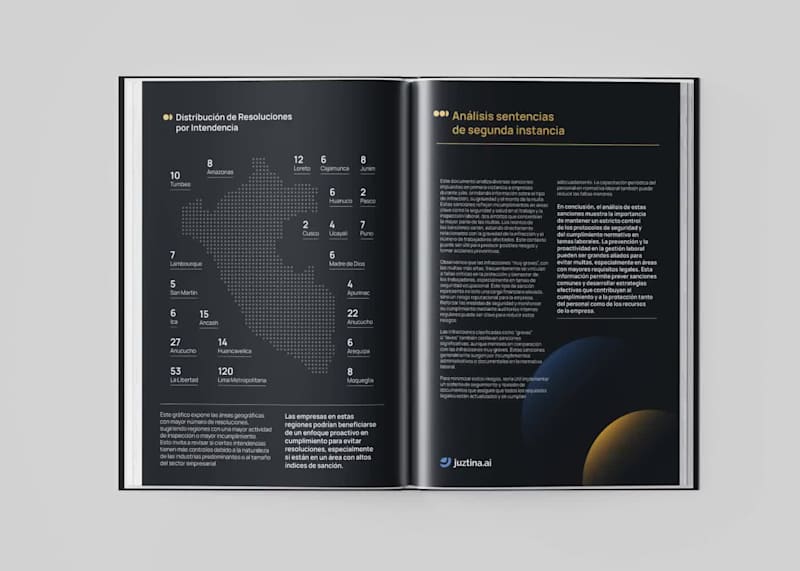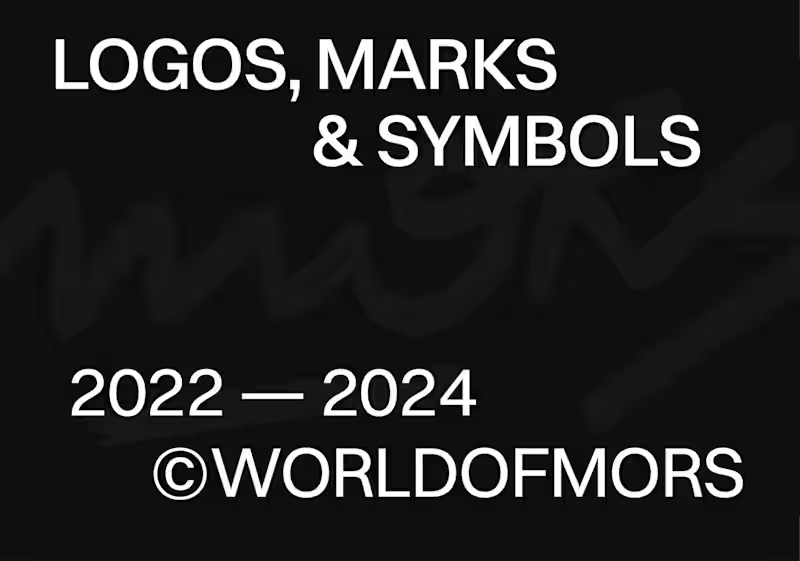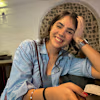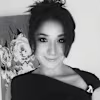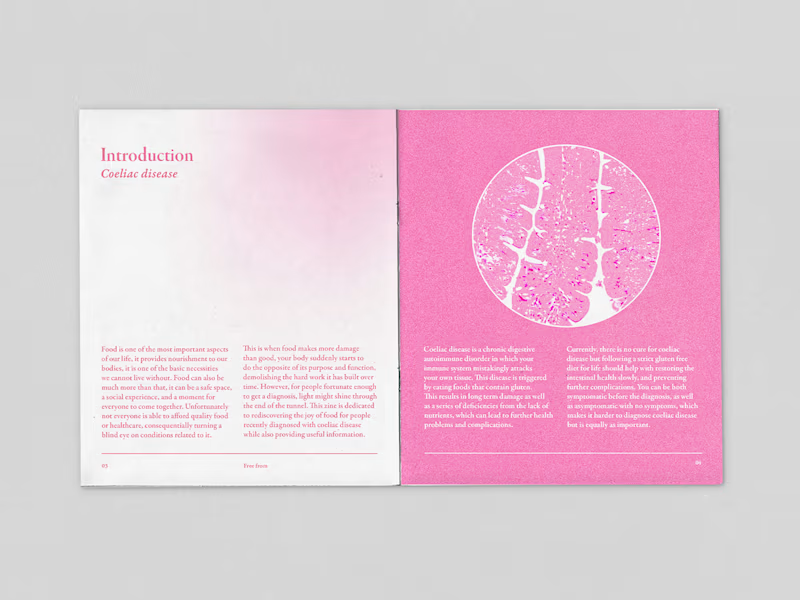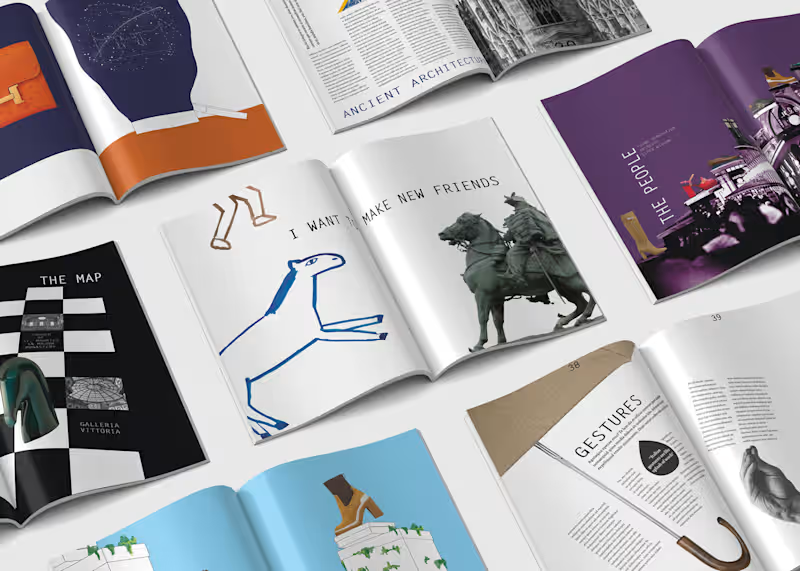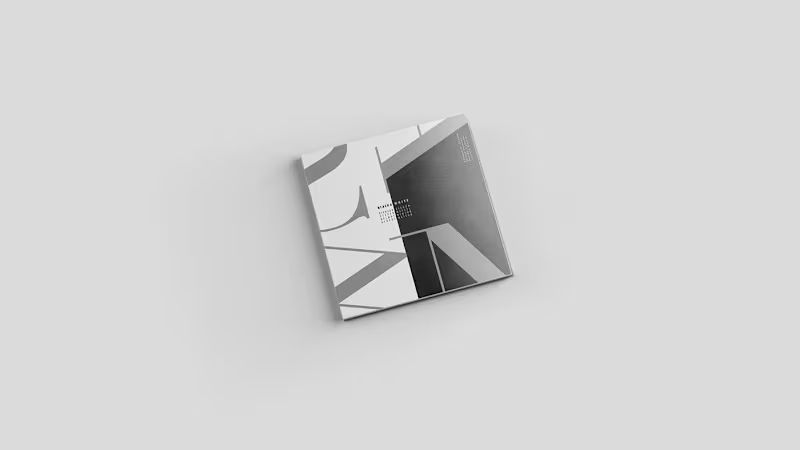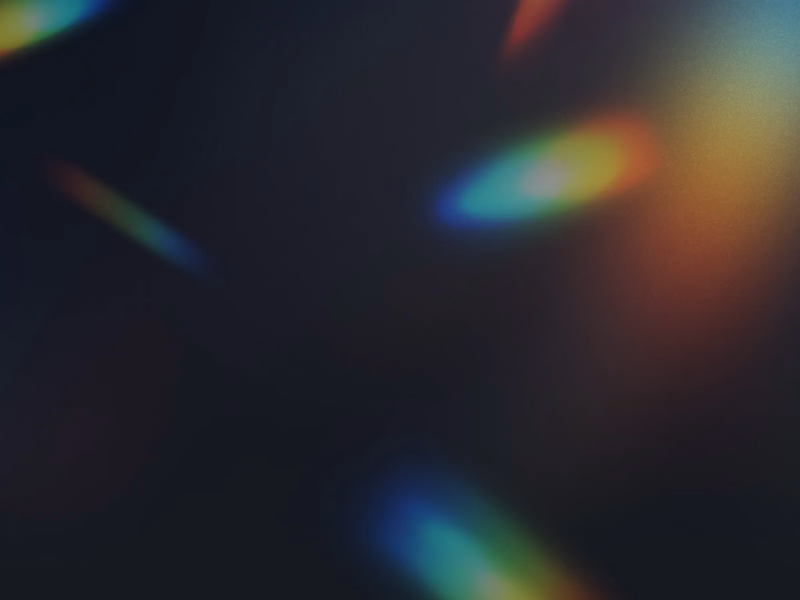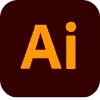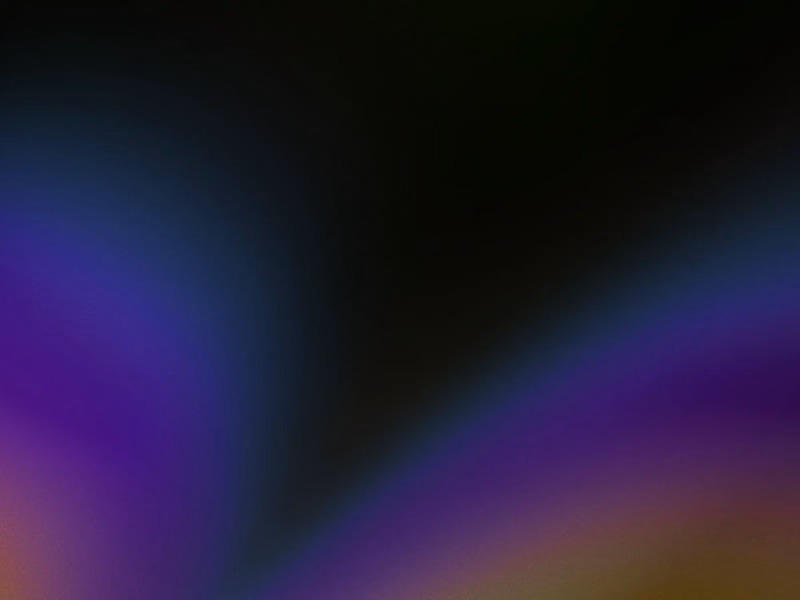What should I know about hiring a freelance editorial designer?
Hiring a freelance editorial designer means you're getting someone creative to help make your project look beautiful. They create the layout of magazines, newspapers, or reports to make them interesting to read. Before you hire, think about what you want in your project and find a designer who can bring your ideas to life. Use their portfolios to compare and see whose style matches your vision. Make sure they understand the type of project and audience you have in mind.
What kind of experience should I look for in an editorial designer?
You want an editorial designer who has worked on projects similar to yours. Check if they have experience with magazines, books, or other print materials. Look at the variety in their work to see if they can handle different styles. If your project is based in Lombardy, see if they have experience with local projects as it can make communication easier. Experience helps designers know what works best for different types of projects.
How do I decide on the project scope with a designer?
Deciding on the project scope means setting clear goals with the designer. Together, discuss what you need them to create, like the number of pages or specific design elements. Talk about deadlines and any specific features your project should include. In Lombardy, consider any local cultural or style elements you want to be incorporated. Clear communication will help the designer know exactly what to work on.
What should the contract with an editorial designer cover?
A contract with an editorial designer should clearly outline the work they will do. Include details like project deadlines, deliverables, and the designer’s responsibilities. In Lombardy, it might be necessary to include local compliance or style requirements. Having everything written down helps both you and the designer understand what is expected. This way, everyone knows what needs to be done and by when.
How do I communicate my design vision to a designer?
To share your design vision, start by showing examples of styles you like. Use images, sketches, or references from existing projects to illustrate your ideas. Explain what your project is about and who it's for, so the designer can tailor their work to fit. If you’re in Lombardy, sharing local art or media styles can help the designer capture the regional vibe. Clear and open communication helps the designer understand your vision.
What should the first meeting with an editorial designer include?
The first meeting with an editorial designer is your chance to share your project ideas. Explain the goals, audience, and important elements the project should have. This is a good time to talk about deadlines and any specific design requests. The meeting sets the tone for the project and helps the designer get a sense of what you want. It’s important to be friendly and clear in what you’re looking to achieve.
Why is reviewing a portfolio important when hiring an editorial designer?
Looking at a designer’s portfolio helps you see their style and past work. It’s a picture album of all the projects they have done. You can see if their designs are clean, colorful, or modern based on what you need. If you spot work from Lombardy, ask them about it since it can show their ability to work with local culture. A portfolio is like a window into their skills and creativity.
How do I set project milestones with an editorial designer?
Setting milestones means breaking the project into smaller steps. Agree on checkpoints where you and the designer review progress. This can include drafts, revisions, and final touches. Milestones keep the project moving and help catch any changes early on. It's like setting a road map from start to finish so you know everything is on track.
What tools can help manage a project with a freelance editorial designer?
Using tools like project management software can help keep everything organized. These tools can track deadlines, tasks, and files in one place. It makes communication easy and ensures everyone knows what needs to be done. Tools can help both you and the designer stay updated and manage the project efficiently. They make sharing and reviewing work simple and accessible.
Who is Contra for?
Contra is designed for both freelancers (referred to as "independents") and clients. Freelancers can showcase their work, connect with clients, and manage projects commission-free. Clients can discover and hire top freelance talent for their projects.
What is the vision of Contra?
Contra aims to revolutionize the world of work by providing an all-in-one platform that empowers freelancers and clients to connect and collaborate seamlessly, eliminating traditional barriers and commission fees.
- 1x
- Hired
- 5.0
- Rating
- 15
- Followers







